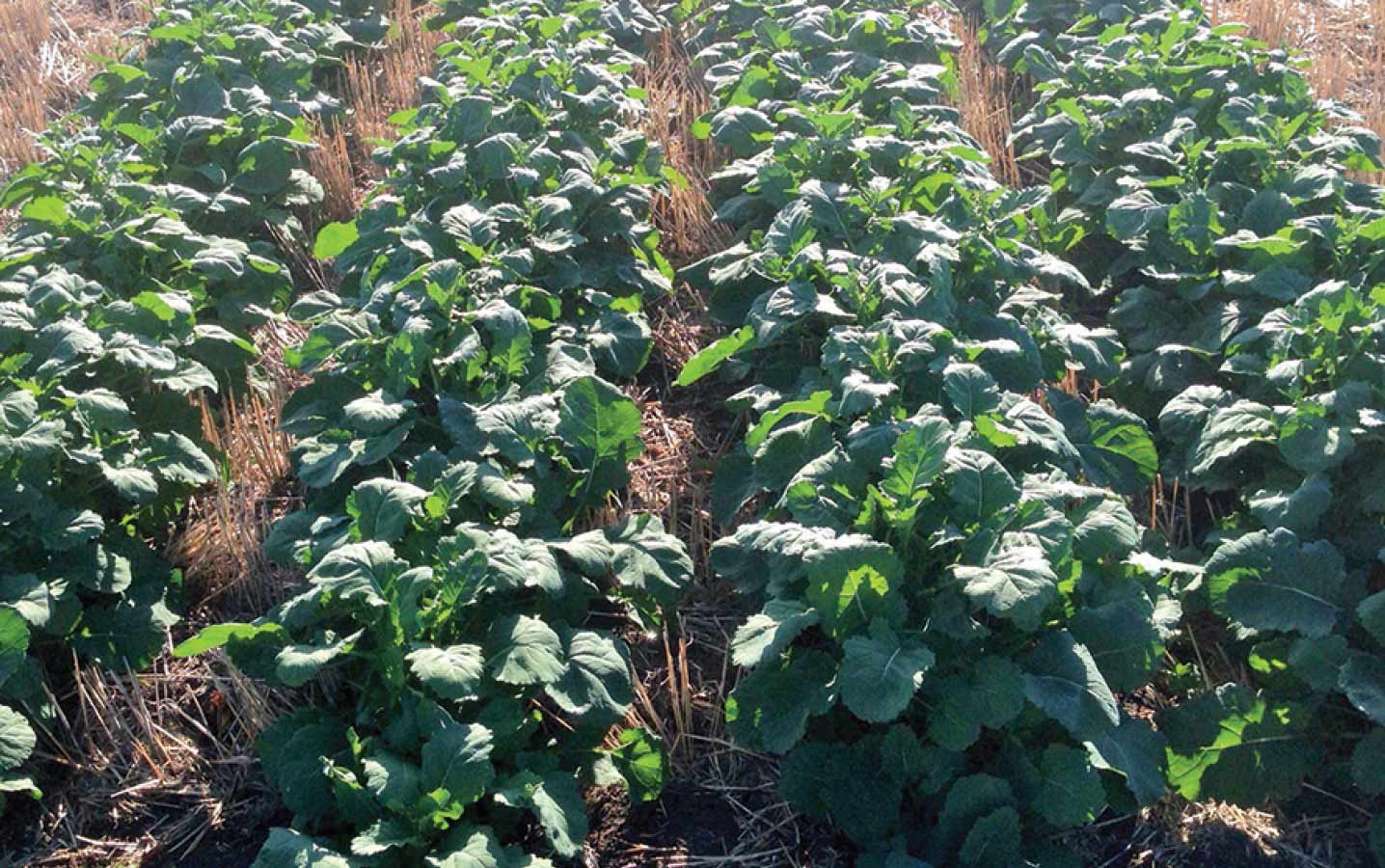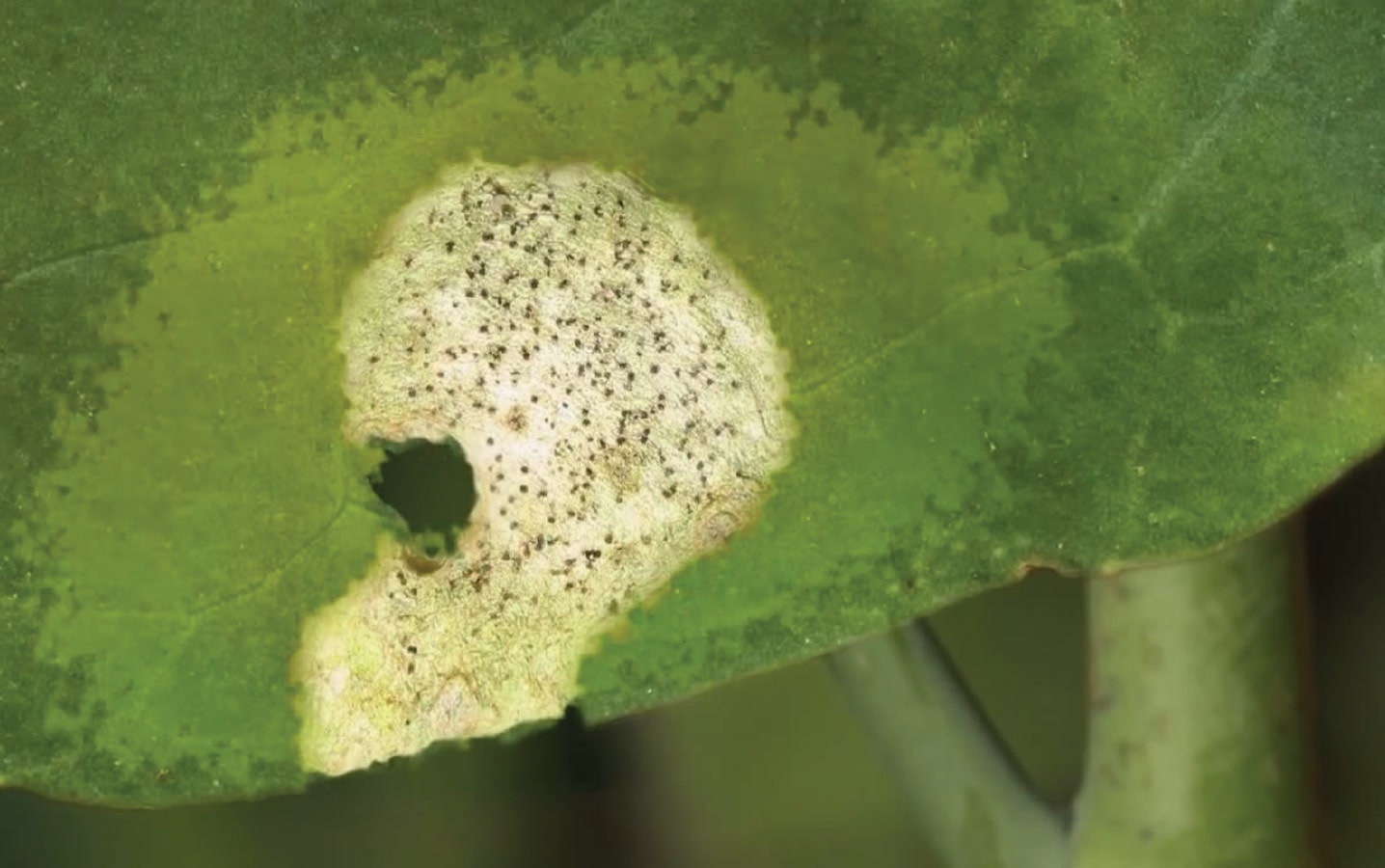

All three of us are growers. We are also the research committee chairs for your provincial canola organizations. Wearing both of these hats, we have a responsibility to make sure the levy dollars you entrust to us are used wisely. We know that well-spent research investment provides a very good return on our levy payment....
Read More 
Key result: In this east-central Manitoba study comparing surface, shallow-band and deep band nitrogen applications, any yield effect from nitrogen losses were minimal when nitrogen was applied at 100 per cent of the recommended rate. Losses were still happening, but the N rate compensated. At 70 per cent of recommended rate, the yield-damaging effect of...
Read More 
Key result: Canola is relatively insensitive to increasing row spacing. Farmers have many factors to consider in determining their optimal row spacing, including weed and residue management strategies. Project title, Principal investigator: “Investigating wider row spacing in no-till canola: Implications for weed competition, response to nitrogen fertilizer, and seeding rate recommendations (2013-2016)” Chris Holzapfel, Indian...
Read More 
Key result: This study quantified how reducing blackleg can substantially improve canola yields. Growers should continue to select blackleg-resistant canola varieties and follow best-practice recommendations to manage this disease. Project title, Principal investigator: “Development of a blackleg yield loss model and assessment of fungicide resistance in Western Canadian populations of Leptosphaeria maculans,” Stephen Strelkov, University...
Read More 
Key result: Plant breeders have made significant progress towards transfer of blackleg resistance from the B. carinata genome into B. napus canola. Project title, Principal investigator: “Molecular cytogenetics of blackleg resistance in the Brassica B-genome, and introgression of resistance into B. napus through recurrent backcrossing,” Habibur Rahman, Department of Agricultural, Food and Nutritional Science, University...
Read More









